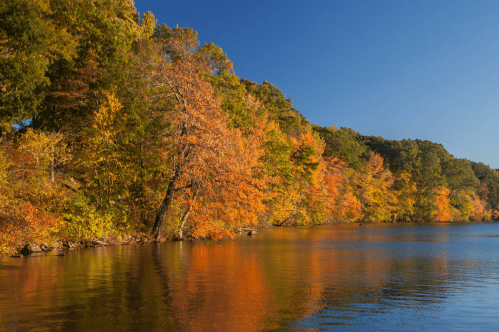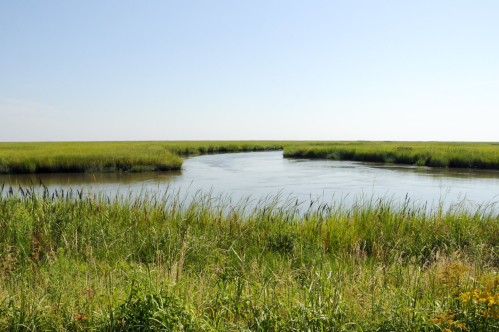Most people have no idea that Iowa has so many aquifers right under the ground we call home. The residents of Belle Plaine had no idea what they were getting themselves into when they decided to drill a well in 1886.
Iowa's Aquifers flow fast and strong deep under our towns, highways, and rural areas.
The Belle Plaine Channel caused a disturbance in 1886 when the city of Belle Plaine tried to drill a new well to access it for fire protection.
Belle Plaine is located north of I-80 between Cedar Rapids and Des Moines.
This mural in Belle Plaine shows that it was on the original Lincoln Highway route and poised for growth.
The Runaway Artesian Well
As the town grew, the need for a dependable supply of clean water grew, as well. The city of Belle Plaine decided to drill a new well. Over 130 years ago, the Belle Plaine Channel let the residents of the small town know just how powerful it was. During the 1880s, people in Benton County, just north of Belle Plaine, encountered gravel and sand aquifers at 300 feet below the surface. We've since learned that the aquifer fills huge portions of an ancient river valley, covered by impervious glacial tills. The tills seal the aquifer and create an amazing amount of pressure.
The tapped well spewed water, fossil wood, stones that weighed as much as two pounds, and sand for over 13 months.
The town's residents nicknamed the well, "Jumbo." Even after two weeks, it was still putting out over 2,000 gallons of water per minute. The well was finally brought under control after 130 barrels of cement, 40 carloads of stone, and hundreds of feet of 18-inch pipe were installed to stop it.
Reporters talked endlessly about the wonder of Jumbo.
The reporters' accounts of the events in Belle Plaine during 1886 were sensational, and the modern world named Jumbo The Eighth Wonder Of The World.
A geologic crew tapped Jumbo one hundred years later.
They wanted to understand the current situation underground and find out if the underground river was still as violent as it was in 1886. They ultimately decided to recap the site without looking too closely, for fear of a repeat performance from Jumbo.
Belle Plaine is still in a rural area, although the town is much larger today than it was in the late 1800's.
This monument to Jumbo is located at the intersection of 8th Avenue and 8th Street in Belle Plaine.
If you stop by, local self-appointed tour guides may tell you that they study Jumbo in school, even 130+ years after the amazing underground river spewed for 13 months straight.
If You Only Have One Day to Visit This Small Town in Rhode Island, Here’s Everything You Absolutely Can’t Miss

If You Only Have One Day to Visit This Small Town in Maine, Here’s Everything You Absolutely Can’t Miss

If You Only Have One Day to Visit This Small Town in Massachusetts, Here’s Everything You Absolutely Can’t Miss

The town of Belle Plaine today is a typical quiet Iowa community.
Residents don't live in fear that they'll get to see Jumbo wreck their modern-day town. There aren't any rumblings from below, and everyone seems to know better than to go around randomly drilling wells in this area.
Are there any other catastrophic well-drilling incidents in Iowa's history that prove the power of our underground rivers? Let us know in the comments.
Subscribe to our newsletter
Get the latest updates and news
Thank you for subscribing!



















